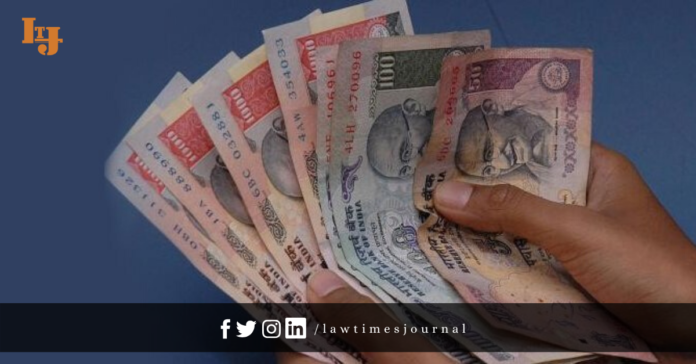
Object:
In an aim to address the ailing Non-Banking Financial Corporations (NBFCs), Finance Minister Nirmala Sitharaman in her budget 2020 speech on Saturday has proposed a reduction in the NBFC’s limit for eligibility for debt recovery. The budget proposal to ease the eligibility of non-banking finance companies (NBFCs) to recover loans from truant borrowers will improve the asset quality of the beleaguered sector — the proposal being a saving grace to the sector, disappointed with finance Nirmala Sitharaman not announcing big-bang measures such as a refinance window or an on-tap issuance of bonds.
Sitharaman in her budget speech said the limit for NBFCs to be eligible for debt recovery under the Securitisation and Reconstruction of Financial Assets and Enforcement of Security Interest (Sarfaesi) Act 2002 will be reduced to an asset size of Rs 100 crore from Rs 500 crore or a loan size from Rs 1 crore to Rs 50 lakh.
Sitharaman in her budget proposals also announced that the government will offer support to bonds floated by NBFCs, an extension of the partial credit guarantee (PCG) scheme for PSU banks announced in December. The scheme covers pooled bonds of troubled NBFCs of up to Rs 1 lakh crore, with the amount of overall guarantee being limited to a first loss of up to 10 per cent of fair value of assets being purchased by the banks.
Existing Provision:
Under the Securitization and Reconstruction of Financial Assets and Enforcement of Security Interest (SARFAESI) Act 2002, the current eligibility limit is Rs.500 crore of asset size or loan size of Rs.1 crore. This limit has now been proposed to be reduced to Rs.100 crore of asset size of Rs.50 lakh loan size. YS Chakravarti, managing director at Shriram City Union Finance said that, “The reason for not too many NBFCs currently opting for the Sarfaesi route lies in the administrative roadblocks in bringing such cases to a successful, time-bound closure”.
Key Features:
- The reduction in limit would mean that now Non-Banking Financial Corporations debt recovery can enforce the security interest for lower ticket size loans.
- This is also expected to improve their ability to recover smaller loans and improve the financial health of NBFCs debt recovery with poor performing assets of lower value.
- The budget has proposed to ease the eligibility criteria for non-banking financial companies (NBFCs) for debt recovery under the Securitisation and Reconstruction of Financial Assets and Enforcement of Security Interest (Sarfaesi) Act 2002 to asset size of Rs 100 crore, down from Rs 500 crore, and loan size of at least Rs 50 lakh against existing Rs 1 crore.
- The Act allows lenders to auction properties of defaulters to recover their dues.
- Kailash Baheti, chief financial officer at Magma Fincorp said that, “ more than 80% cases in the firm’s NBFC book are below Rs 50 lakh bracket and hence, the government could have considered a lower threshold of, say, Rs 5 lakh. However, we assume that this is a process as the government may not like flooding of cases to SARFAESI without adequate support infrastructure. We hope that the limit shall be progressively reduced.”
- Hemant Kanoria, chairman of Srei Infrastructure Finance said that, “the budget provision will allow more number of NBFCs to take this route for asset recovery. But, yes, there remains scope for further liberalising the eligibility criteria for NBFCs.”
- Anita Baid, senior manager at Vinod Kothari Consultants said that, “the option to use Sarfaesi is only where there is a security interest. Using the Sarfaesi option also predicates a substantial time to recovery, as there is a 90 days’ time for a debt to turn non-performing; there is a mandatory 60 days’ notice before any repossession action; and there is a mandatory 30 days’ time before sale.”
- According to a note from rating agency Crisil, the reduction for applicability under Sarfaesi Act is a positive action and will bring an additional 12-15 per cent of NBFCs’ loan against property, which stands at around Rs 1 lakh crore as of March 2019, under the Sarfaesi act.
Edited by J. Madonna Jephi
Approved & Published – Sakshi Raje
Reference:
- The Financial Bill, 2020 (Bill 26 of 2020) proposed by the Government of India through Ministry of Finance.





